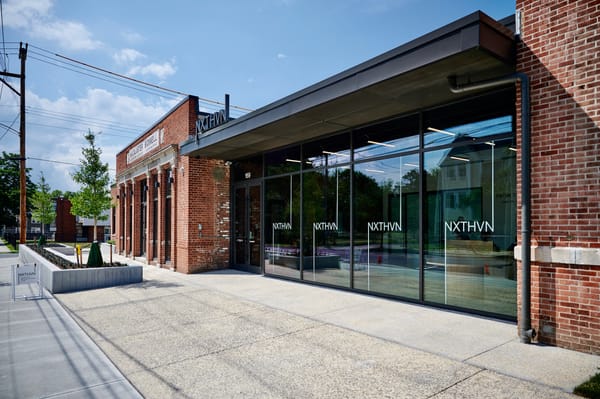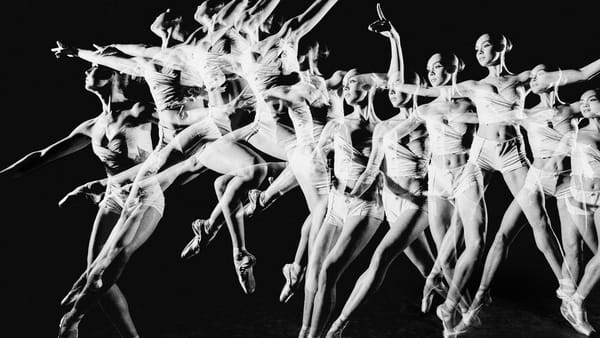What Happened to the Art in the Columbia Student Encampments?
Student artists are asking why the school took their protest art into its archives and demanding more transparency moving forward.
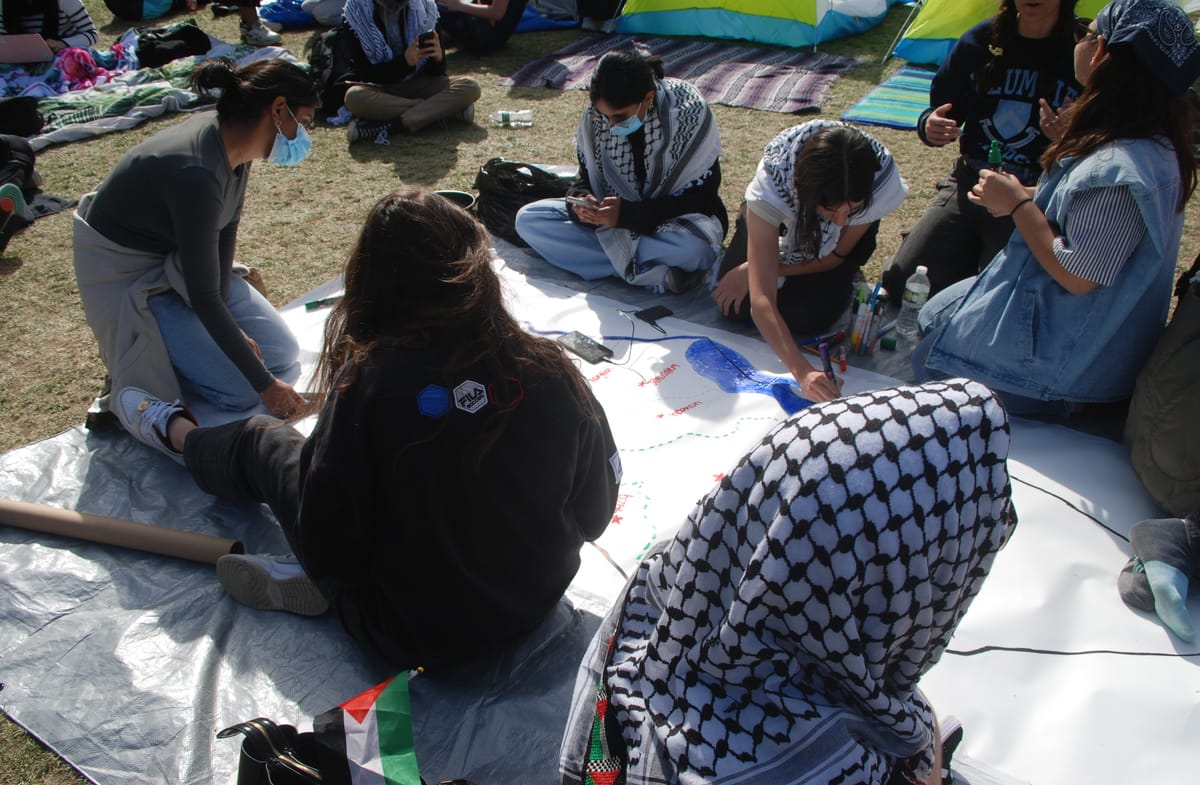
On the morning of April 29, before the occupation of Columbia University’s Hamilton Hall, a group of students gathered to paint the banners that would transform the Ivy League lecture building into “Hind’s Hall” in a tribute to Hind Rajab, a Palestinian child killed by Israeli forces in Gaza.
“The paint was still wet when the banners arrived at the hall,” a Barnard College student who painted the Hind’s Hall banner told Hyperallergic. The student spoke under the condition of anonymity, citing disciplinary concerns.
For weeks, these artists have fought to get pieces of their work back from Columbia University’s archives, which they argue were taken into custody without their consent. Although the university is now promising the return of protest artworks, students say that’s not enough. They are now demanding the university provide them with exhibition and storage space to continue their independent archival work and prevent future confiscation of their art.
Hyperallergic spoke to four students involved in creating and archiving art for the protest and one university library employee, reviewed emails between students and school archivists, and obtained a Zoom transcript of a library staff meeting.
A collective of about 70 Columbia visual artists, an arm of Columbia University Apartheid Divest (CUAD), is responsible for the forward-facing signage of the Columbia protests, CUAD artists told Hyperallergic. But after the New York Police Department raided Hamilton and swept both encampments on April 30, some art materials ended up in trash bags. Other artwork was collected by CUAD’s own archival team, and the rest was stored by Columbia University.
In an email sent to library staff on June 8, artists reached out to Columbia library archival staff and demanded the return of their artwork.
After individual attempts to retrieve the art, CUAD sent a formal email demanding the return of their art on June 8.
“We reach out now with the intent to reclaim our property, and to reassert that these materials are living materializations of our ongoing movement,” the email said. Four days later, a librarian replied with a short email with information for pickup.
On June 12, after several inquiries from Hyperallergic and a public Instagram post by Students for Justice in Palestine claiming their work was taken without consent, a Columbia spokesperson said that “all materials related to the April campus protests previously in the University Archives have been moved in their entirety to a central location for retrieval by students.”
Students who contacted the University Archives were sent instructions to make arrangements for pickup, the representative noted.
In a previous statement on the library webpage, which has since been deleted, the university said they would commit to “in-person or mailed return of materials to their original owners and/or creators.”
But a library employee with knowledge of the protest archives who spoke to Hyperallergic under the condition of anonymity, citing fears of retaliation, said that students were not notified of which items were in the custody of the archives.
“There’s no way the students could’ve known what was there to even request,” the library employee said, noting that representatives from CUAD asked for a catalog of inventory twice, but did not receive one.
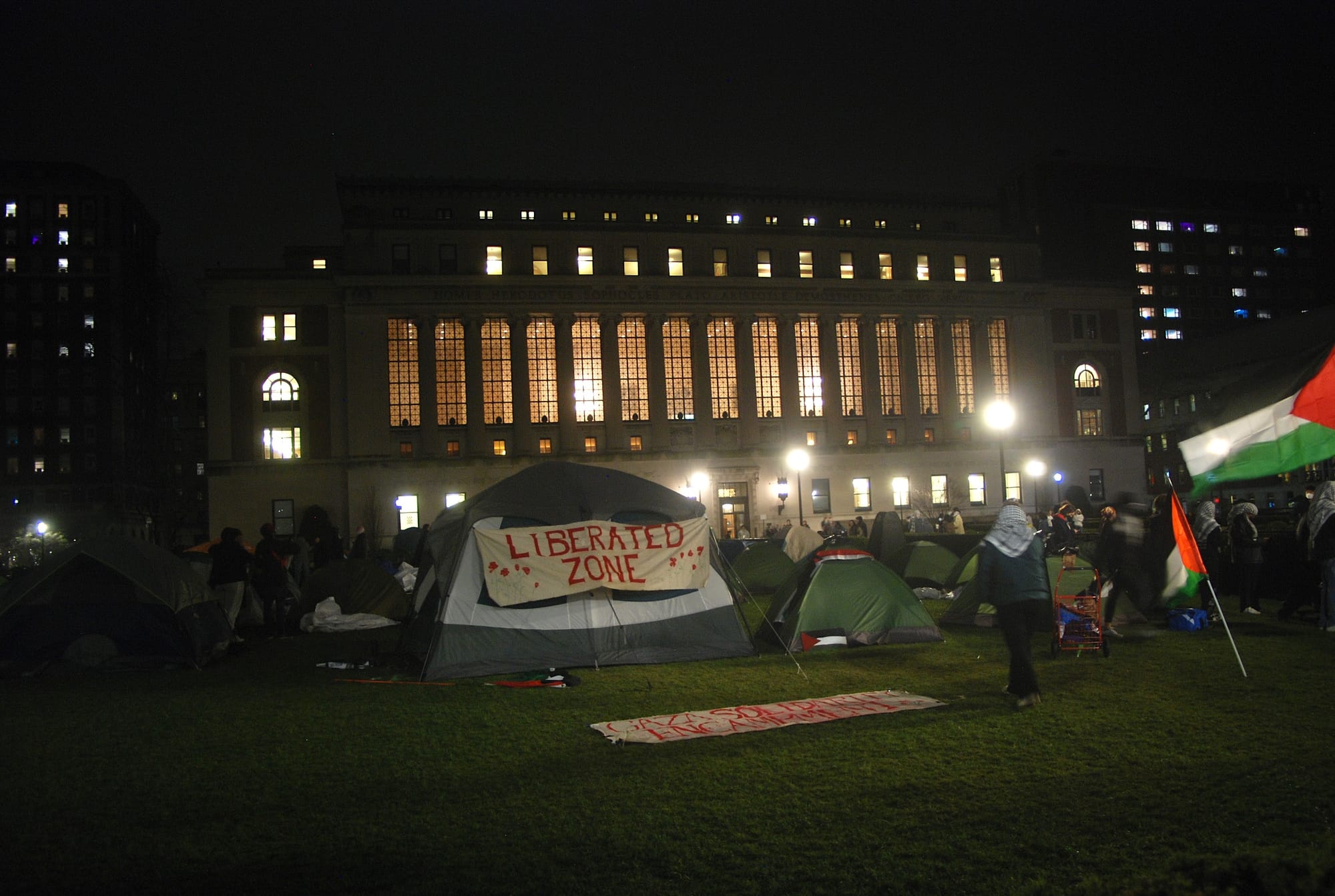
The school obtained some of the banners from confiscated student materials collected by Columbia’s Public Safety, Hyperallergic found after reviewing private emails, student statements, and a leaked Zoom transcript from a library staff meeting.
While the University spokesperson says the archival team worked to preserve a historic moment and that the items will be returned, student artists say they want more than just their art back — they want accountability.
In the June 8 email to library staff, students from CUAD demanded, along with the return of their items, storage space, studio space, and exhibition space to catalog their work.
“Furthermore, we expect transparency and swiftness: All future items confiscated by the university should be returned as soon as possible to their rightful owners,” the email said.
In tandem with CUAD’s arts production, the collective established an archival team months ahead of the encampments.
“We have been documenting our own reality and our own truth,” said Layal, a Columbia undergraduate and archivist who asked to be identified by first name, fearing disciplinary action.
For Layal and Soph Askanase, another Barnard artist and organizer, possessing their own art is both a matter of identity and a tenet of the pro-Palestinian cause.
“We don't want to end up [as] another page on their website,” Askanase said. “We would like to have control of our own materials and decide how we archive them and who we work with because we're not really interested in working with the institutions that we're trying to fight against.
During the police raids, Layal said art retrieval was second to concerns over the SWAT team’s imminent entrance on April 30. That stress left some art pieces unaccounted for.
In a Zoom meeting transcript of a routine library staff meeting obtained by Hyperallergic, whose authenticity was verified by a library employee who attended the meeting, the archivist detailed how she retrieved the banners, explaining that she was in contact with Public Safety, Columbia’s campus security.
“I’m not sure I would call it stolen material. It was confiscated material,” the transcript reads. “But we are trying to handle this in as ethical a way as possible. We want to maintain a historical record of what happened, instead of having the material thrown away which was probably the other option.”
After the raids, a contractor cleared out items from the encampment, tossing them in trash bags and throwing some of them into a garbage truck, as shown in several videos.
Public Safety then held belongings retrievals where students could reclaim their items from the encampments.
The archivist, according to the transcript, requested that public safety preserve art items, which were then handed over to her. Students say this process intercepted their ability to retrieve their artwork from the pickups.
Students who spoke to Hyperallergic said that when they looked for their art at the pickup sites, the works weren’t there.
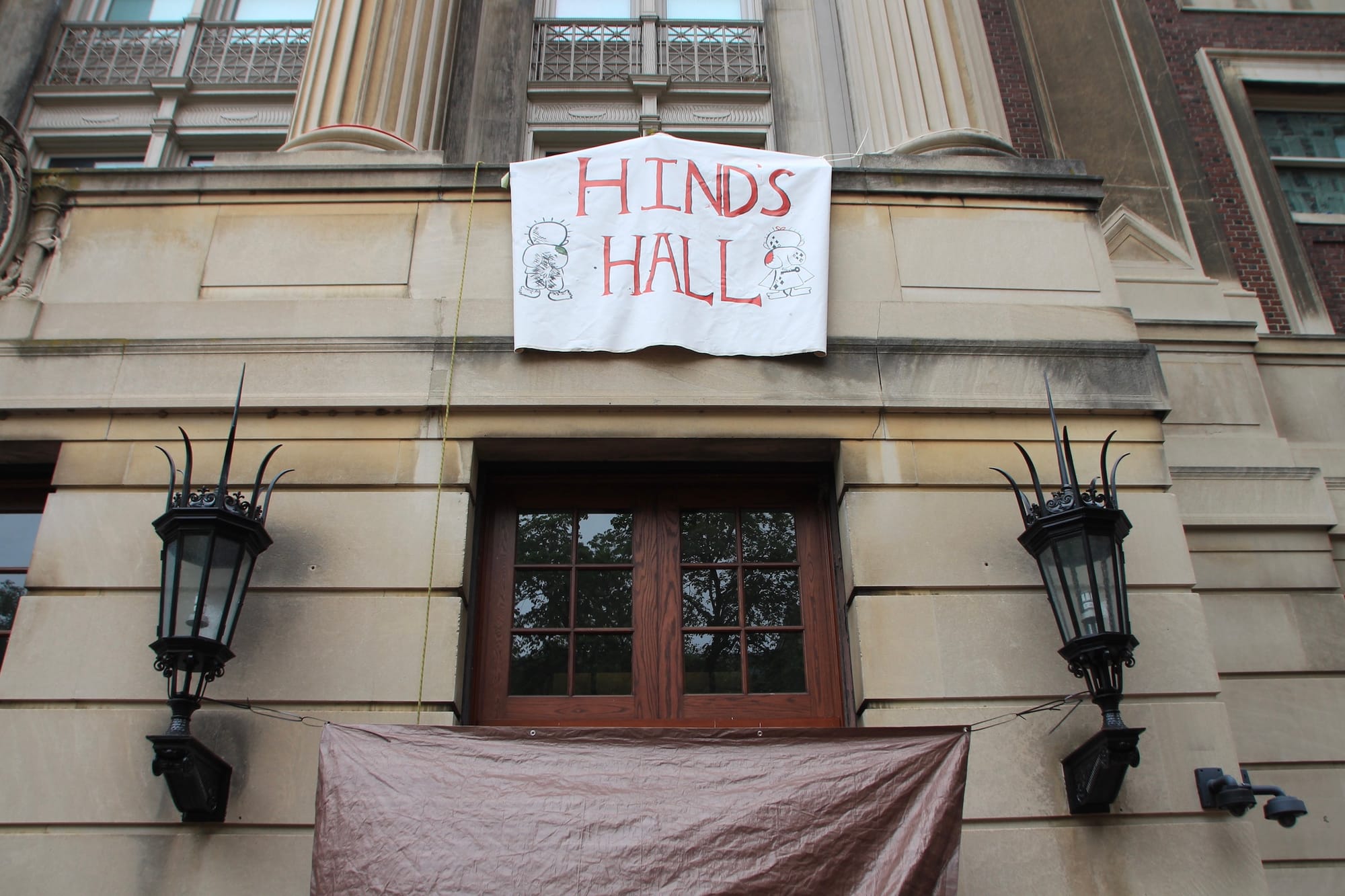
The library employee who spoke to Hyperallergic (on the condition of anonymity, citing concerns over retaliation), said the collection of art from the protests without the consent of student artists was “unethical, at [the] least.”
According to the Society of American Archivists Code of Ethics, archivists are “encouraged to consult with colleagues, relevant professionals, creators, and constituent communities to ensure that diverse perspectives inform their actions and decisions throughout the stewardship process.”
“An apology and demand for storage and exhibition space must be met,” the library worker said.
But beyond historical resonance significance, the return of the protest art also has personal significance to CUAD artists. Layal, who is Palestinian, comes from a family of artists and architects.
“I have my own art practices and visual arts has kind of been my area of focus,” she said. “And [it] also overlapped with protest, of course, because it's just inseparable from the Palestinian identity,” she said.
For Layal and Askanase, their art established a direct communication with the outside world.
“Speaking through our artwork in our signage is the best way to just make and assert our message clearly, concisely and not have it be filtered or edited,” Layal said.
The group retrieved their original “Liberated Zone” banner from the pickups last month.
“It still hurts that the encampment is gone,” Askanase said. “But the symbolism really lives on. You see liberated zone banners across the world. You see other people renaming buildings and dropping banners.”



